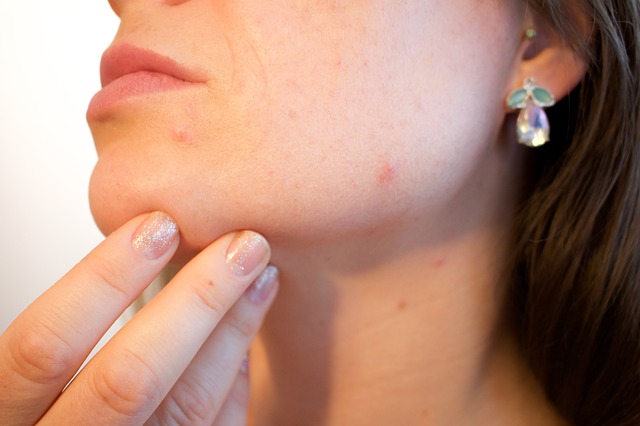Pityrosporum Folliculitis Explained: Understanding the Condition
As a beautician, staying updated with various skin conditions is crucial to providing the best care for your clients. One condition that is often misunderstood yet frequently encountered is pityrosporum folliculitis. This article will provide an in-depth exploration of the condition, helping you to better understand and manage it.

What is Pityrosporum Folliculitis?
Pityrosporum folliculitis is a common skin disorder caused by an overgrowth of yeast, specifically Malassezia, which is naturally found on human skin. The condition manifests as acne-like eruptions, often on the back, chest, shoulders, and sometimes the face. Differentiating it from bacterial acne can be challenging, but its management strategies are distinct.
This condition often flares during hot and humid weather, or when the individual experiences excessive sweating and oiliness on the skin. Thus, understanding its underlying causes is pivotal for effective management.
Causes and Risk Factors
The primary cause of pityrosporum folliculitis is the proliferation of Malassezia yeast within the hair follicles. Factors that can contribute include a build-up of sweat on the skin, increased oil production, and the use of oil-based skincare products. Its also worth noting that individuals with a weakened immune system or those taking certain medications, such as antibiotics or immunosuppressants, might be at higher risk.
For further insights on how diet impacts similar skin issues, you might want to check [what foods cause body acne](https://livananatural.com/blogs/news/what-foods-cause-body-acne).
Symptoms to Watch Out For
The primary symptom of pityrosporum folliculitis is the appearance of red, itchy papules that resemble acne. However, these pimples do not respond to typical acne treatments, as the root cause is fungal, not bacterial. Clients may also report a persistent itch, exacerbated by sweating or increased body temperature.
Treatment Strategies
Treating pityrosporum folliculitis involves antifungal solutions as opposed to antibiotics used for bacterial acne. Recommended treatments often include topical or oral antifungal medications. For non-prescription options, medicated shampoos that double as body washes can also be effective.
Discover more about appropriate antifungal treatments by visiting resources like [healthdirect](https://www.healthdirect.gov.au/folliculitis).
Prevention Techniques
Preventing pityrosporum folliculitis can be as simple as changing skincare routines. Encourage clients to opt for non-comedogenic, oil-free skincare products and to clean their skin thoroughly after sweating. For additional preventative measures, you might want to consult [Malassezia folliculitis guide](https://livananatural.com/blogs/news/malassezia-folliculitis-guide).

FAQs
Can using specific cosmetic products aggravate the condition?
Yes, products containing oils or occlusive agents can trap sweat and oil, promoting yeast growth. Opt for non-comedogenic products to reduce risks.
Is Pityrosporum folliculitis contagious?
No, this condition is not contagious. Its caused by an imbalance of natural skin flora, rather than an infection.
How long does it take to treat?
The duration varies depending on the severity and adherence to treatment. Improvements are often visible within weeks of starting antifungal therapy.

